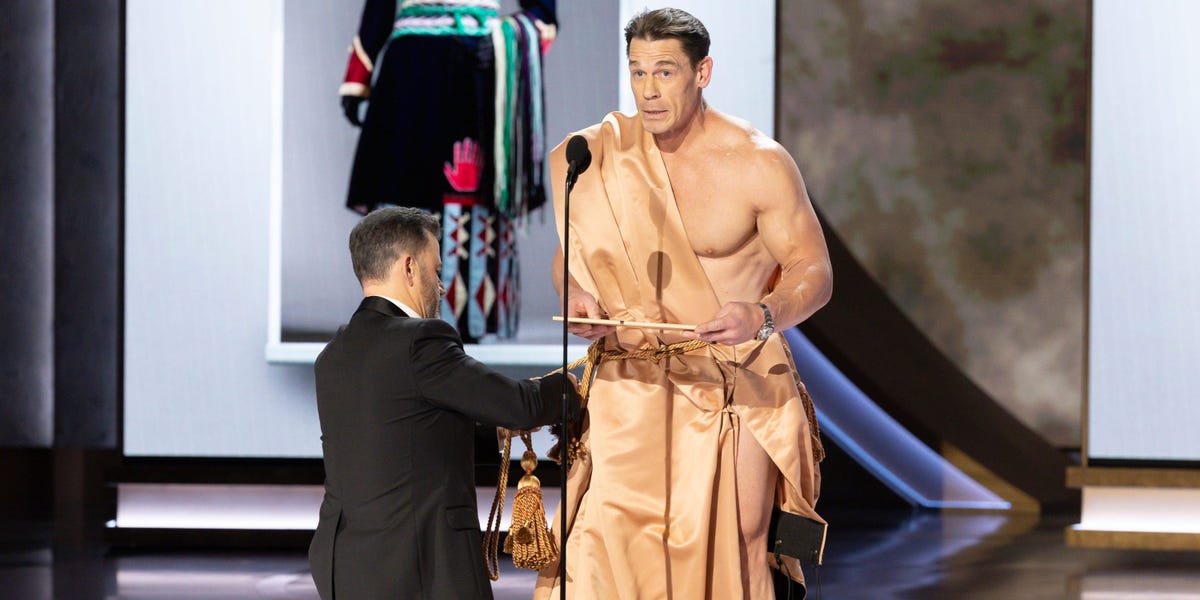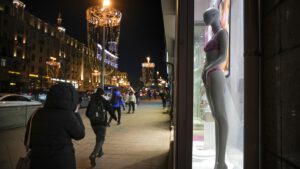For years, Hollywood and the TV industry have been trying to figure out how to revive the audience for the Oscars, which has been plummeting alongside the rest of conventional TV.
Their last big hope: That if the awards featured big movies people have seen or at least heard of, audiences might return.
That was supposed to happen this year, when monster hits “Barbie” and “Oppenheimer” were both up for multiple awards, including Best Picture. And the producers for ABC’s broadcast smartly leaned into it, by doing things like bringing in “Barbie” nominee Ryan Gosling to sing and dance, to general acclaim.
And … we have a real glass half-empty/half-full situation.
On the one hand, per ABC, Sunday night’s show drew 19.5 million viewers, which ABC notes is a “a 4-year high” — and the third year in a row that the audience has increased.
So that’s good, right?
On the other hand: That means this year’s telecast still drew considerably less than the 23.6 million viewers who watched the 2020 show, which didn’t have anything like “Barbie” or “Oppenheimer,” box-office-wise.
Back then, a couple of the Best Picture nominees were ones regular folks may have seen in theaters, including “Ford V. Ferrari” and “Joker.” And the big winner that night was “Parasite,” the Korean-made slasher/satire, which brought in about $260 million in worldwide box office — really big for a Korean-language film, but not a juggernaut.
So: If this year’s numbers, bolstered by giant hits, are a win for the Oscars … maybe we have to accept the fact that Oscars are never coming anywhere close to all the way back.
For context: As recently as a decade ago, a lot of people watched the Oscars: Nearly 44 million tuned in to watch the 2014 show, where the Best Picture award went to “12 Years a Slave” — a good movie, but definitely not a crowd-pleaser.
But that was back when TV boosters had hoped that Oscar broadcasts, which are live and sometimes unpredictable, would be immune to the forces shrinking conventional TV. But that hasn’t been the case: Since then, audiences have been plummeting.
They reached a nadir in 2021, when COVID kept people out of movie theaters and forced the show’s producers to film the show in a train station instead of a theater: That show barely cleared 10 million viewers.
Since then, the show has rebounded. Last year, the awards brought in 18.8 million viewers.
My hunch: This is, at best, the new normal. Some people still like movies, and some people still like seeing live award shows about movies. But we’re never going back to the old days.


